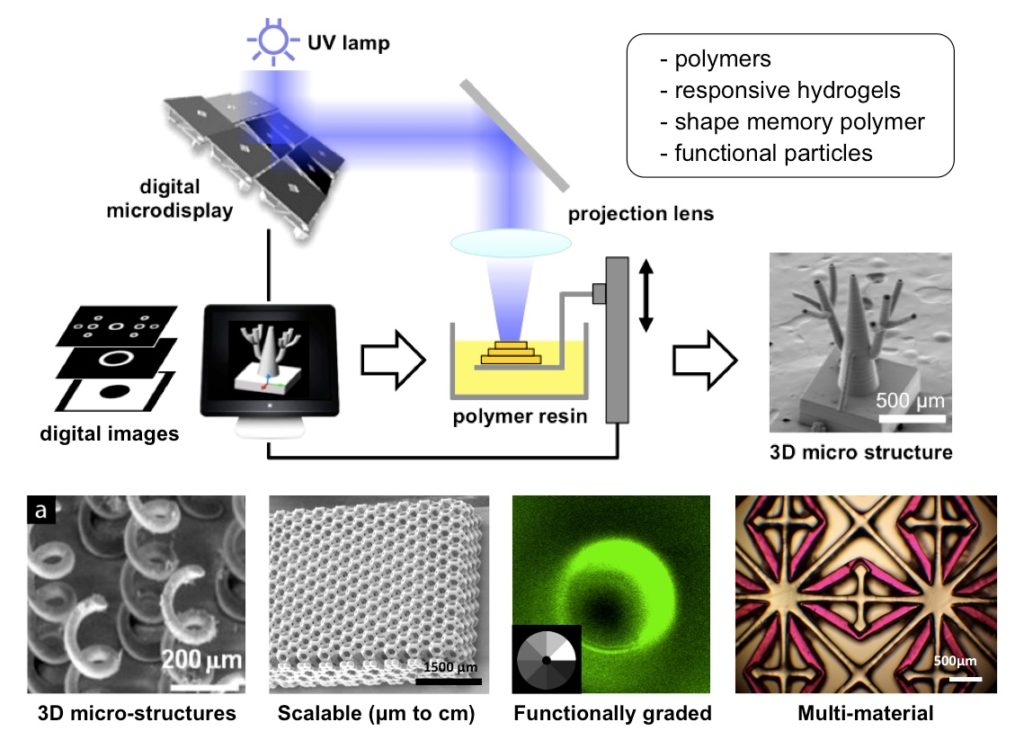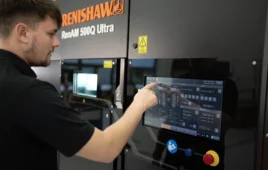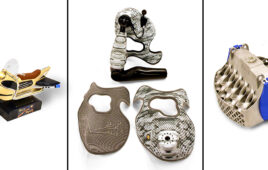Boston Micro Fabrication (BMF), a pioneer in microscale 3D printing systems, announced the global launch of microArch, an accurate and precise high-resolution microscale 3D printer for commercial use. microArch introduces a number of technological breakthroughs that allow the technology to print ultra high-resolution parts accurately and precisely at scale. The microArch was launched over the past 18 months in Asia and over 40 systems have been installed for multiple customers across a range of industries.
“When it comes to additive manufacturing the next frontier of innovation isn’t big, it’s high precision, small parts,” said John Kawola, CEO at BMF. “We’re seeing a convergence of major trends as the lines between additive manufacturing and miniaturization begin to dissolve. There’s no question that additive manufacturing starts to lose its appeal as parts get smaller. Challenges with precision and accuracy have stymied innovation for engineers and manufacturers looking to develop small, high-resolution parts. That’s all about to change with the introduction of microArch.”
microArch uses a proprietary approach to 3D printing named PμSL (Projection Micro-Stereolithography) that leverages light and enables the technology to produce high-resolution prints. Unlike injection molding and CNC machining, the microArch can deliver accurate and precise prints at a scale more than 100 times smaller than a human hair and supports a variety of different materials like tough resin, elastic resin, casting resin, high temperature resin and more. This material versatility offers engineers and designers, particularly in the medical and electronics industries, the flexibility to experiment with rapid prototyping, while leaving the door open for economical mass production.
Said Dr. Yinfeng He of the University of Nottingham, “The microArch has a good compensation between printing resolution and processing speed, which provides us with a fantastic tool in the production of custom geometries.”
The microArch represents a technological breakthrough in 3D printing. The solution has been field tested and is available immediately for purchase. Out of the box, the technology can:
• Print down to a resolution of 2µ
• Print with a tolerance of ±10µm /±25µm
• Print volumes that are cost competitive with injection molding at volume
“As devices and parts get smaller, the need for accuracy and precision grows even more important and, until now, more difficult to achieve,” added Kawola. “Prior to microArch, there were a number of economical and technological limitations that made it near impossible for manufacturers to capitalize on the benefits of 3D printing for small parts. We’re eliminating those limitations with a new approach that we expect to have a big impact.”
The genesis of BMF
Boston Micro Fabrication (BMF) was co-founded in 2016 by Dr. Nick Fang, a professor at the Massachusetts Institute of Technology (MIT), Dr. Xiaoning He, a serial entrepreneur and Dr. Chunguang Xia, an experienced 3D printing technologist. BMF specializes in micro precision 3D printing. The company’s microArch system uses a 3D printing approach called PμSL (Projection Micro-Stereolithography) that leverages light, customizable optics, a high quality movement platform and controlled processing technology to produce the industry’s most accurate and precise high-resolution 3D prints for product development, research and industrial short run production.
“Curiosity was one of the primary drivers of this discovery,” added Fang. “After realizing that we could print using light, we started to imagine the broader technology and business implications – envisioning how we might break down the barriers that previously prevented manufacturers from taking advantage of 3D printing for the production of microscale parts. At that moment we created the business to explore the possibilities and I am incredibly excited to see what our customers will accomplish using the microArch.”
BMF – Boston Micro Fabrication
www.bmf3d.com
Filed Under: Molding • injection molding components, Make Parts Fast





